What is the tolerance range of precision screws?
What is the tolerance range of precision screws?
Service Hotline
+86760-8787 8587We have more than ten years of production experience in the screw industry, the main products are: anti-slip anti-loosening screws, trapezoidal nut accessories, flat washer nut, GB6171 screw, super thick small edge flat washer, carbon steel ingot nut, handball ball nut, Brass ingot nuts, external hexagonal bolts, anti-theft screws, butt-lock screws, copper high-footed wide-brimmed eyelet buckle rivets, plum blossom round head screws, GB/T923 cap nuts, Q404, with pin stud bolts and other fasteners, due to the product The materials and specifications are different, and the prices are also different. Please contact us if you need it.


However, for some thin-walled parts (such as metal material parts with a thickness of less than 1mm), the combination of cylindrical pins and edge-cutting positioning pins is used as the positioning method on the workstation equipment. In the process of automatic grasping by mechanical grippers, there are many The disadvantage is that if the positioning accuracy is to be met, it is inconvenient for the parts to be placed in the station utensils, and it is also inconvenient for the mechanical gripper to grasp the parts, and it is easy to cause the phenomenon of positioning pin hook parts when grasping the parts. Abandon the positioning and matching accuracy of pins and holes, but in the process of equipment assembly, due to poor positioning accuracy, another phenomenon will occur, that is, the positioning pins on the mechanical gripper are not aligned with the positioning holes of the workstation equipment, so that the equipment Frequent errors. As shown in Figure 2, when the mechanical gripper grasps thin-walled parts with an inclined angle, if a cylindrical pin is used, there must be a large gap between the cylindrical pin head and the part positioning hole, that is, the diameter A of the part positioning hole must be larger than Only when the diameter B of the cylindrical pin head is larger, the parts can be picked and placed.
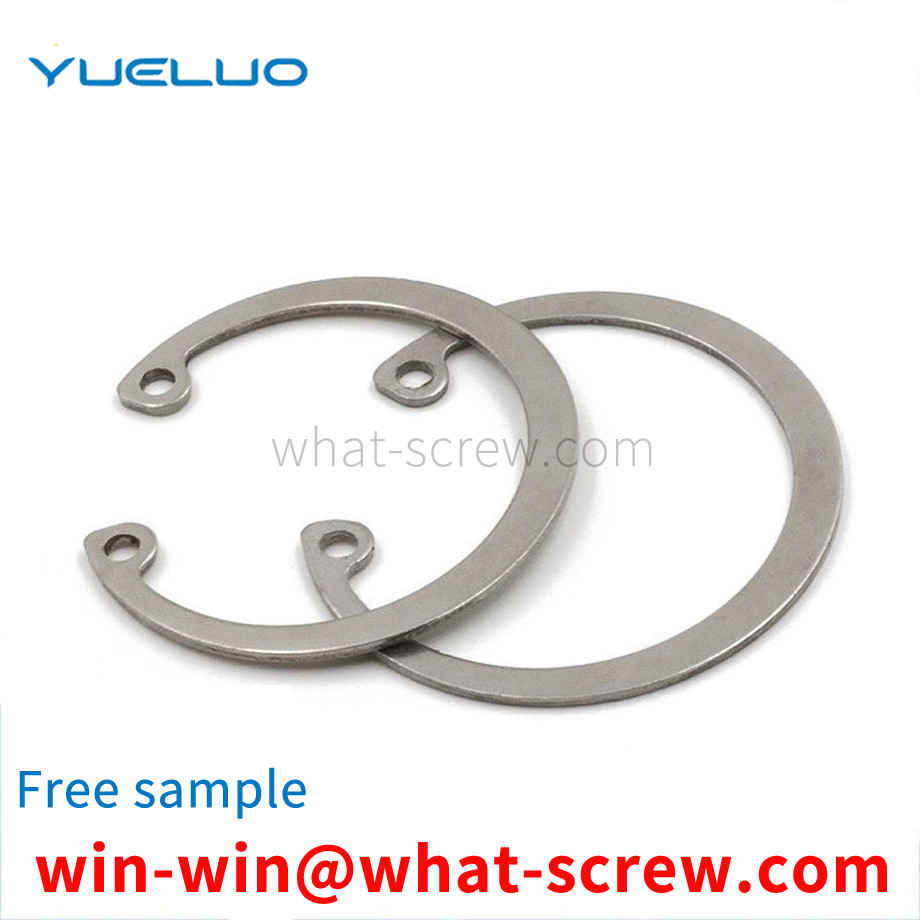
The pressure riveting nut is divided into free-cutting steel pressure riveting nut S type, stainless steel pressure riveting nut type CLS, stainless iron pressure riveting nut SP type and copper and aluminum pressure riveting nut CLA type, which should be used in different environments. . Sizes are usually from M2 to M12. There is no unified national standard for rivet nuts, and they are often used in chassis cabinets and sheet metal industries. S series, CLS series, SP series pressure riveting nuts use the internal thread as a simple method to install in precision sheet metal products, and use small and precise nuts for reliable fixing to completely process the side plate of the sheet metal. The nut is inserted into the hole of the metal plate, and the inlay strengthening function is completed by pressure. Application advantages 1. The back of the plate remains completely flat; 2. Small size and precision, suitable for all electronic or precision equipment; 3. High torque resistance; 4. Easy equipment, simple riveting; 5. Standardized serialization can meet various design requirements .
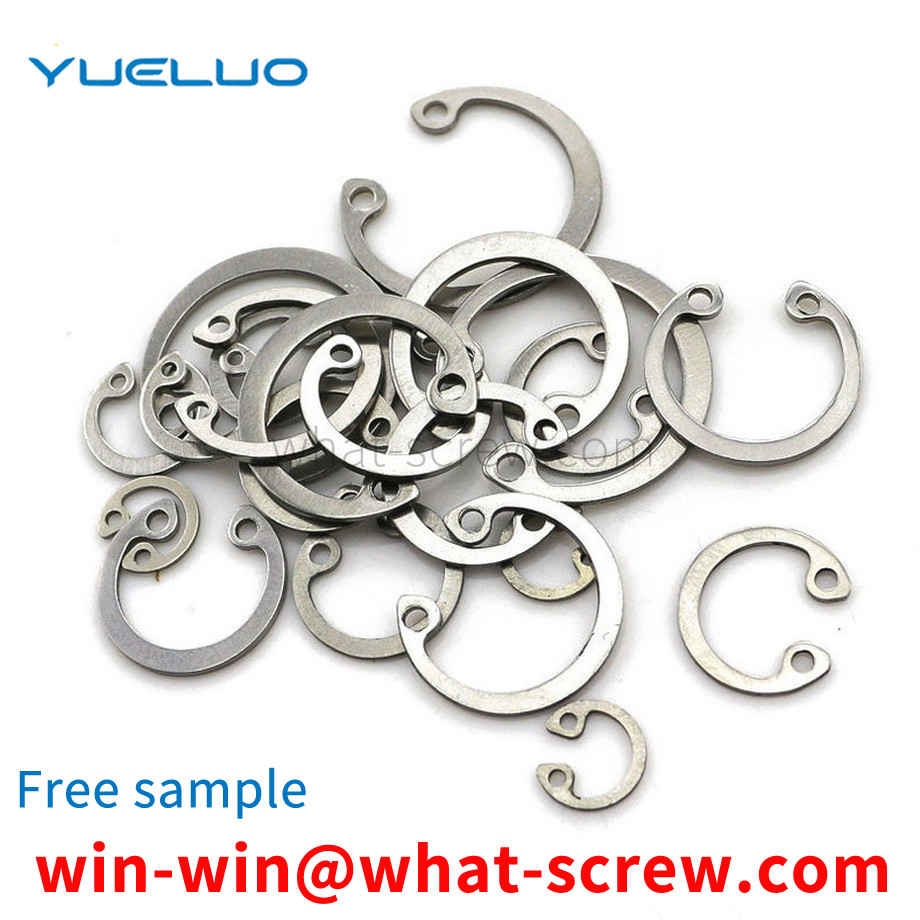
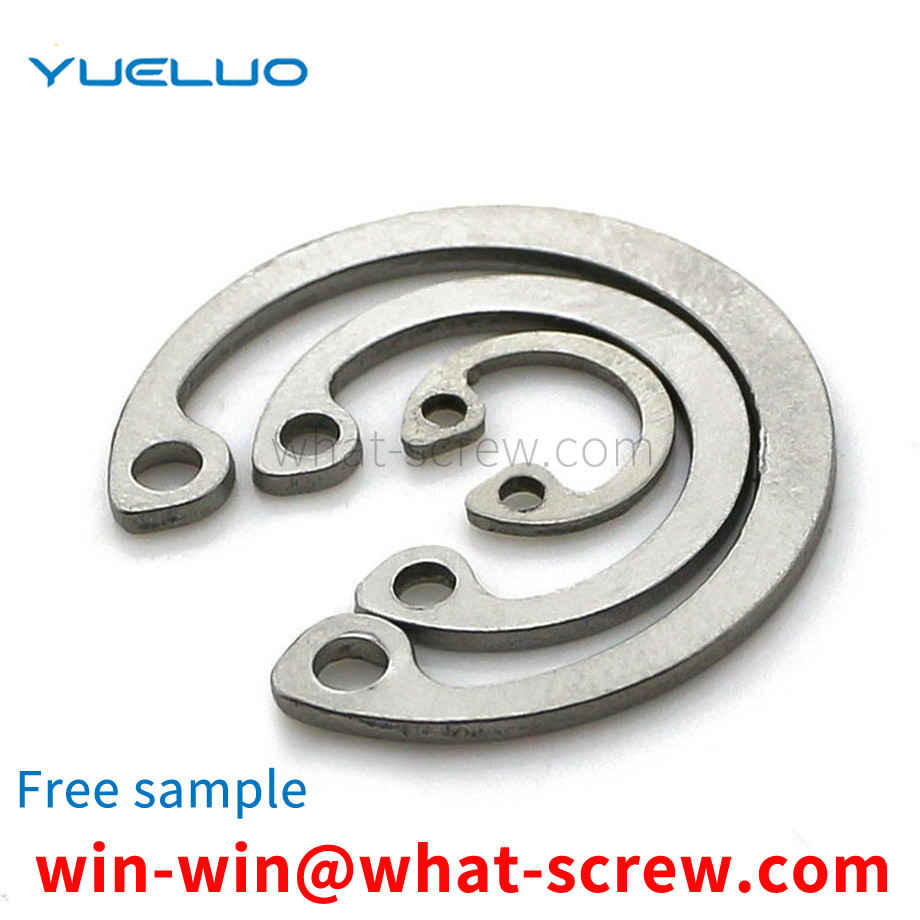
The flange nut and the general hexagon nut are basically the same in size and thread specification, but compared with the hexagon nut, the gasket and the nut are integrated, and there are anti-skid tooth patterns on the bottom, which increases the nut and the workpiece. Compared with the combination of ordinary nut and washer, it is stronger and has greater tensile force. In some equipment with large vibration amplitude, due to the action of huge vibration force, the flange nut is prone to loosening, which often occurs. If the flange nut falls off the equipment or even damages, the staff also needs to install the flange nut repeatedly, which increases the labor intensity and brings great inconvenience to the use. Now a split type tightening nut is proposed.
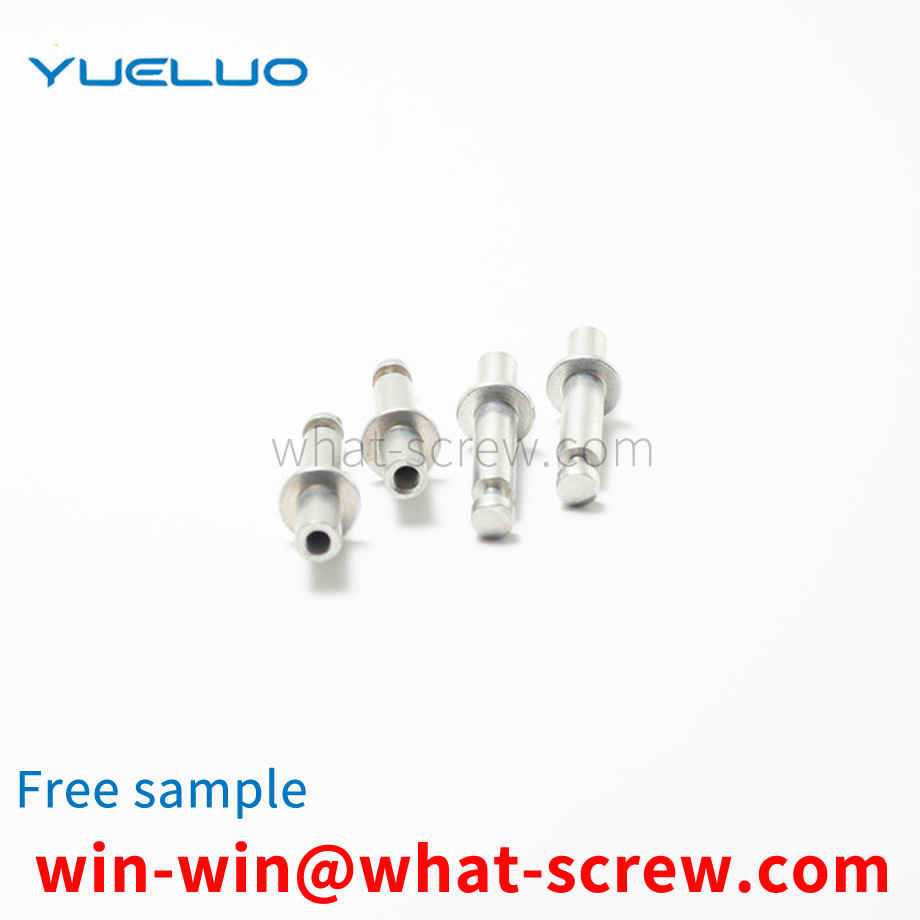
At present, there are mainly the following methods for classifying screws of different lengths mixed together: First, visual identification and manual sorting. This method is time-consuming, labor-intensive and inefficient. Second, the screws are centrifuged and screened according to the quality and size of the screws. However, the quality of screws of the same length is not necessarily the same when the materials of the screws are different. Third, sorting is carried out using a screening device with sieve holes, but the sieve holes are generally simple geometric shapes, which can only roughly distinguish the length of the screws. Moreover, the specific position where the screw falls into the screen hole will also affect the degree of screening. It can be seen that the above-mentioned methods for classifying screws all have the problem of poor effect.
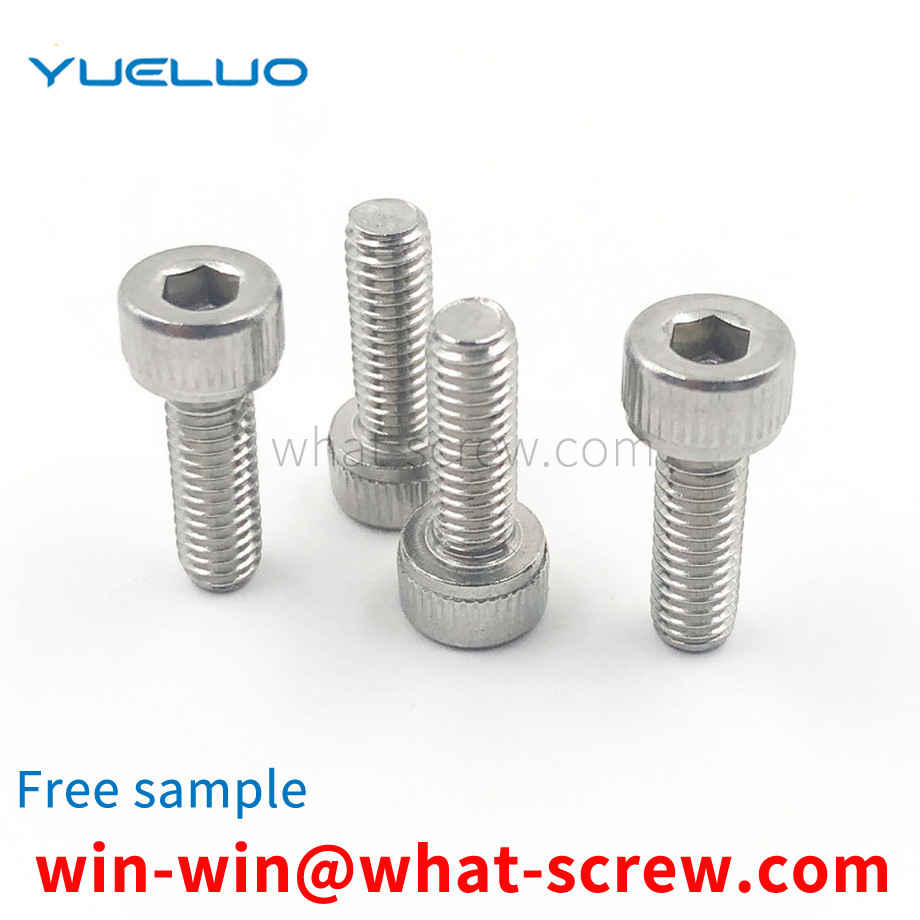
The above content is uploaded by Yueluo or the Internet. If there is any copyright issue, please contact [email protected].

What is the tolerance range of precision screws?

How to choose the right stainless steel screw manufacturer?

Why is there an R angle under the head of the hexagon head s...

We have more than ten years of experience in screw industry ...
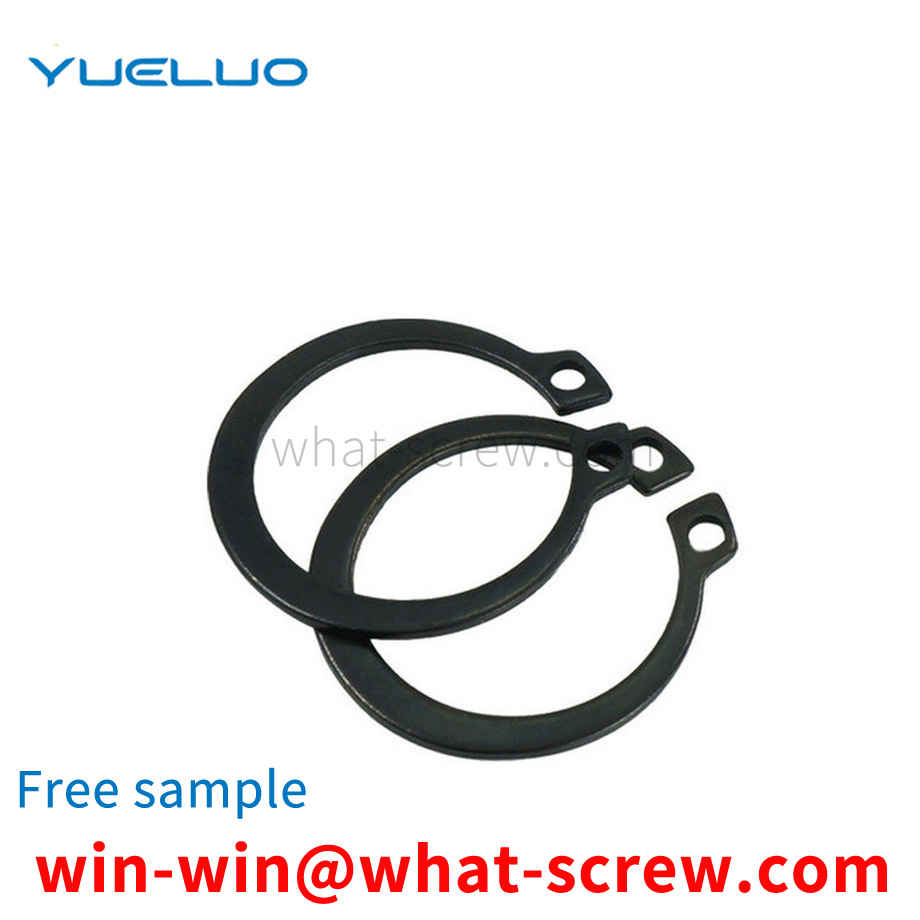
We have more than ten years of production experience in the ...
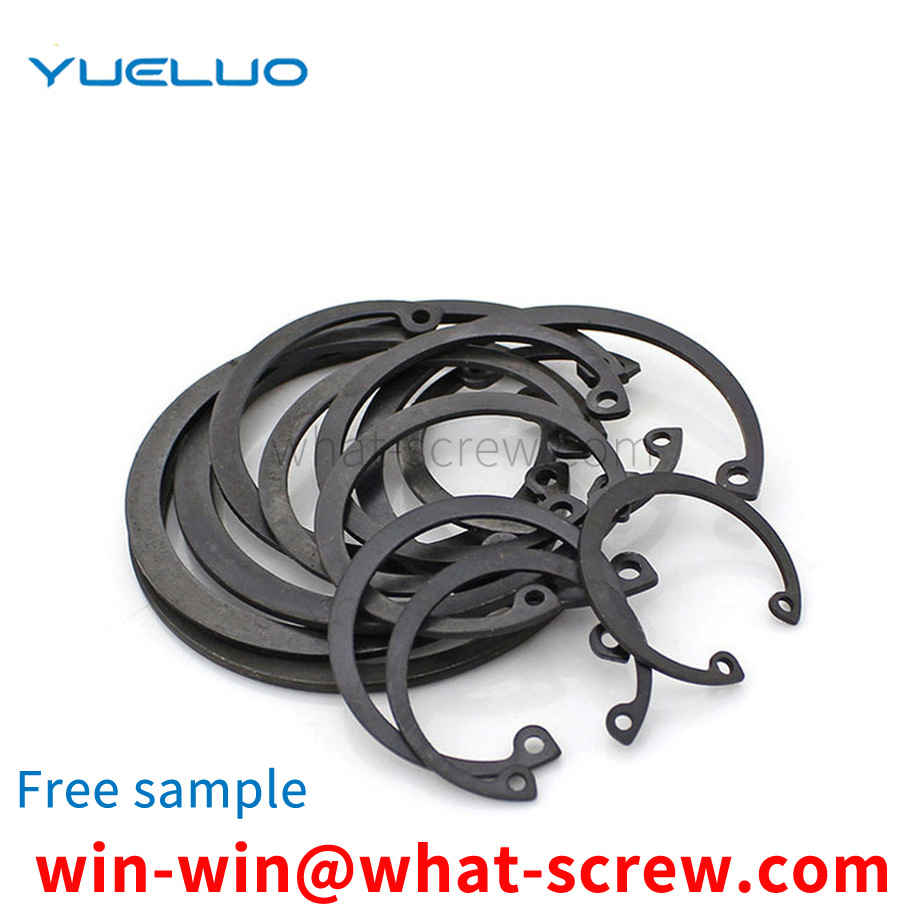
We have more than ten years of production experience in the ...
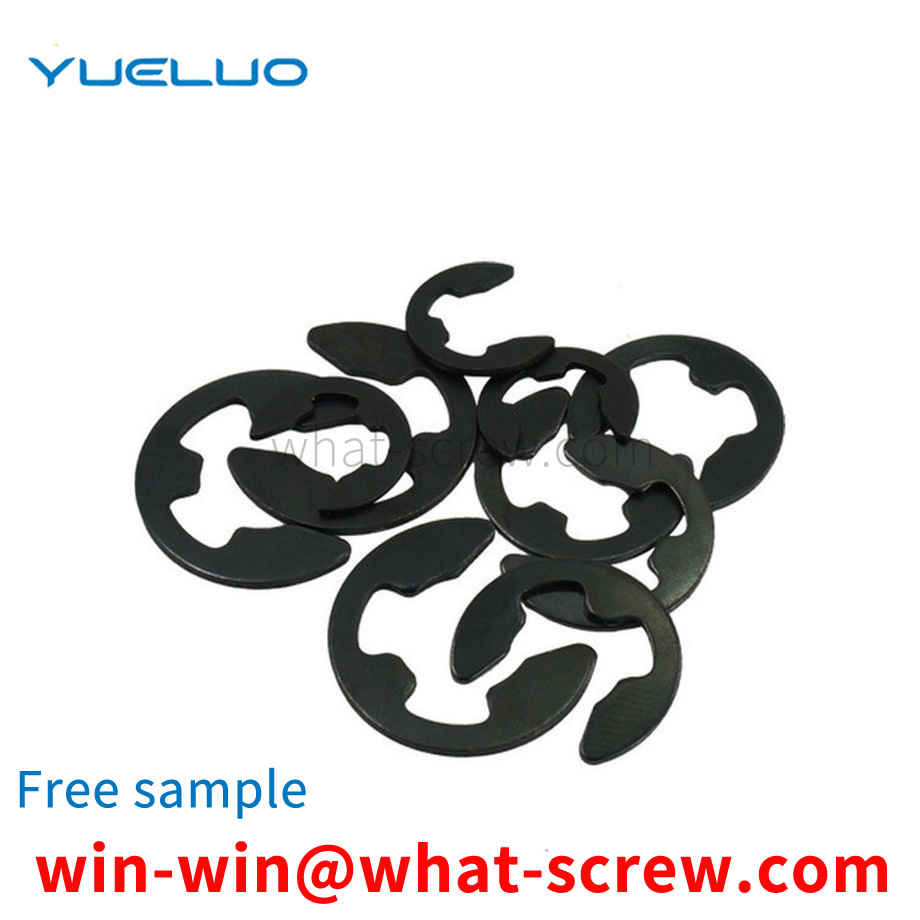
We have more than ten years of production experience in the ...